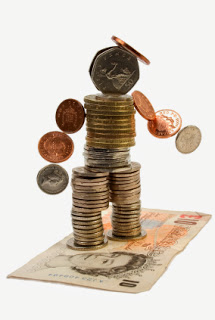The main theme this week has been the heavy tone of both sterling and the yen. The yen’s weakness stems from the aggressive easing by the BOJ and the stepped up buying of foreign assets by Japanese investors. The story that has emerged this week is that Prime Minister Abe is expected to decide shortly after Q3 GDP is reported at the start of next week that the economy is too weak to sustain the planned hike in the sales tax next year. Such a decision may help bolster Abe’s public support, and he is expected to use to dissolve the lower house and call for snap elections that will likely be held next month.

A postponement of the sales tax increase for around 18 months is understood by investors to be another fillip for equities. The Nikkei advanced 3.6% this week, easily the best performer among the major markets. That said, it is noteworthy that the US S&P 500 has outperformed the Nikkei so far this year 10.3% to 7.3%. Nevertheless, the rise in the Nikkei is associated with a weaker yen. The yen lost 1.5% this week, coming into the North American session, which brings the year-to-date loss to 9.5%. The dollar is posting new multi-year highs against the yen, near JPY116.40. A weekly close above JPY116 will likely encourage a move to JPY118 on the way to JPY120, likely to be seen before the end of the year.
Sterling has been trending lower since peaking four months ago. We have noted how well sterling has been tracking the shift in interest rate expectations. This was driven home this week by the Bank of England’s Quarterly Inflation Report, which warned of the risk that UK inflation falls below 1% in the next six months. Even though the BOE’s longer-term inflation outlook was largely unchanged, the market was guided into pushing out rate hike expectations into late 2015. The implied yield of the December 2015 short-sterling futures contract has slipped 12 bp this week to below 1.00%.














Leave A Comment